Types of Medicines You Need for a First Aid Kit
A well-stocked first aid kit is one of the most important things you can do when preparing for emergencies. While bandages, antiseptic ointment, and wipes are commonly found in most kits, many people overlook the importance of including essential medications. While I have many blog posts about what to put in a first aid kit, I want to talk about the types of medicines you need for a first aid kit. I highly recommend an Oximeter to check oxygen levels.
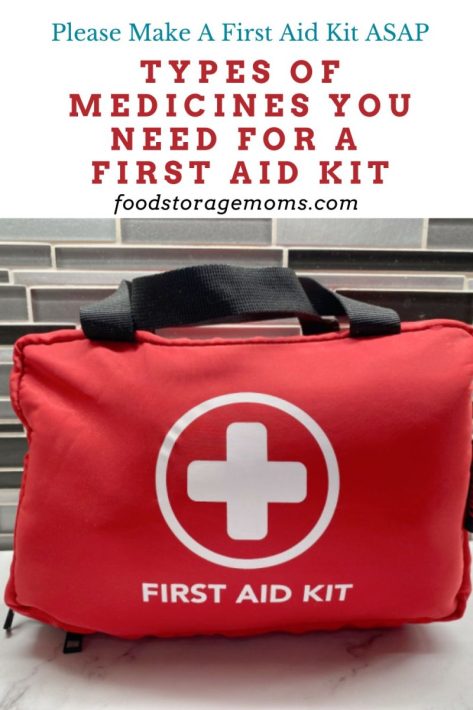
What is a first aid kit?
A first aid kit is a collection of medical supplies and equipment for treating injuries or illnesses. You should keep one on hand for emergencies so that you are prepared in every way possible! A first aid kit requires different types of medicines, and I want to discuss them.
Pain Relief Medications
Pain can be debilitating, especially during emergencies. Including pain relief medications in your first aid kit can provide much-needed relief until professional medical help arrives or becomes available. I like having common pain relief medications in my first aid kits.
- Acetaminophen (Tylenol): This over-the-counter medication effectively reduces pain and fever. It has minimal side effects and is safe for most people, including children and pregnant people.
- Ibuprofen (Advil, Motrin): Ibuprofen is a nonsteroidal anti-inflammatory drug (NSAID) that helps relieve pain, reduce inflammation, and lower fever. It is beneficial for muscle aches, headaches, and minor injuries.
Allergy Medications
Allergic reactions can occur unexpectedly, and having appropriate medications in your first aid kit is vital. Here are two common allergy medications that I keep in my first aid kit: Allergies: What You Need to Know
- Antihistamines: Antihistamines, such as diphenhydramine (Benadryl), help alleviate symptoms of allergic reactions, including itching, swelling, and hives. They can also help with mild cases of motion sickness.
- Epinephrine auto-injector (EpiPen): If you or someone in your family has severe allergies, having an EpiPen in your first aid kit is crucial. This device delivers a dose of epinephrine, which can reverse life-threatening reactions like anaphylaxis until medical help arrives. As far as I know, this one needs a prescription in most U.S. locations.
Digestive Medications
Digestive issues can strike at any time, and being prepared is essential. Consider including the following medications to address common digestive problems:
- Antacids: Antacids like Tums, Pepto-Bismol, Alka Seltser, or Rolaids can quickly relieve heartburn, acid indigestion, and upset stomachs by neutralizing excess stomach acid.
- Anti-diarrheal medication: Medications like loperamide (Imodium) can help manage diarrhea, which can be caused by food poisoning or other gastrointestinal issues.
It’s important to stay properly hydrated. If you get an ailment that causes you to throw up or have diarrhea, you are prone to losing the fluids your body needs to function. Always have some clean and safe water available.
Topical Medications
Aside from oral medications, topical medications are essential in a first aid kit. These medications can help treat various skin conditions and injuries. 35 OTC Medications You Should Store
- Antibiotic ointment: Applying an antibiotic ointment, such as Neosporin, to minor cuts, scrapes, and burns can prevent infection and promote healing.
- Hydrocortisone cream: Hydrocortisone cream can relieve itching, inflammation, and rashes caused by insect bites, poison ivy, or allergic reactions. Having calamine lotion in the kit is a great backup plan when treating areas where itching or a rash are experienced.
- Burn gel: Burn gels or hydrogels help treat minor burns, relieve pain, and provide a protective barrier against infection.
- Sunscreens: We often get sunburned when out, mainly when proper shelter isn’t available in an emergency. Applying sunscreen before outside activities can provide the protection you need. Sunscreens are given an SPF rating based on how they protect you from the sun’s rays. Usually, SPF 30 is recommended for most of us, but my husband uses SPF 70 on his face and ears when golfing.
Additional Medications
Depending on your specific needs, you might consider adding a few other medications to your first aid kit: Tips for Taking Your Medication During a Crisis.
- Aspirin: Aspirin is a pain reliever and can also be used during a heart attack to prevent further blood clotting. However, it should only be given to adults and not to children or teenagers.
- Prescription Medications: If you or someone in your family regularly requires prescription medications, it’s advisable to keep a small supply in your first aid kit, along with clear instructions for use. Personal medications should only be used by those they are prescribed for unless your healthcare professional authorizes use by others.
More Tips
- Emergency Preparedness and First Aid Kit Buckets
- First Aid Kit For Survival
- First Aid Kit Ideas For Your Pets
How often should I check and restock my first aid kit?
It’s important to periodically check and restock your first aid kit to ensure that all items are up to date and in good condition. You should check your kit at least once every six months and replace any expired or used items.
Where can I buy a first aid kit?
First aid kits are widely available and can be purchased from pharmacies, supermarkets, online retailers, and medical supply stores. You can also assemble your first aid kit by buying items and organizing them in a suitable container. First Aid Kits
Besides medicines, what are some other items I should include in my first aid kit?
Some other handy items to consider are:
- Thermometer: If you have a fever, the types of medicines may need to be changed.
- Tweezers: If you have a splinter, bee sting stinger, ticks, or other issues, these little tools can be helpful. Having insect repellant available can minimize some of these challenges.
- Disposable Gloves: Latex gloves are excellent for treating others, so you’re less likely to get sick yourself. This is especially true if you’re working on open wounds and the related blood that’s present.
- Bandages: You should always have a variety of bandages on hand. They come in all shapes and sizes. I like to use butterfly bandages, particularly on more extensive wounds or scrapes.
- Adhesive Tape: Tape is vital to hold sterile gauze pads, cotton balls, or swabs in place. You’ll also need scissors to cut the tape to the proper length.
- Safety Pins: Having these pins of various sizes makes using a sling or splints much easier. If you need to make a tourniquet out of a rag or piece of clothing, you’ll need pins to hold the material in place.
Final Word
Remember, it’s essential to regularly check expiration dates and replace medications in your first aid kit as needed. Consult with a healthcare professional to ensure your medications are appropriate for you and your family members of all ages. What do you think are the types of medicines you need? May God bless this World, Linda



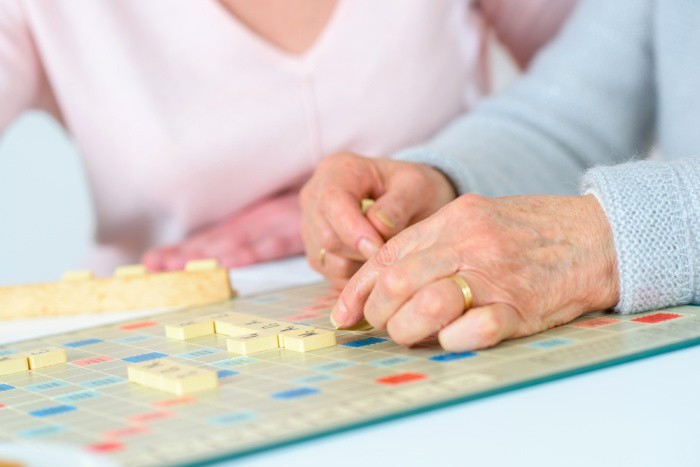
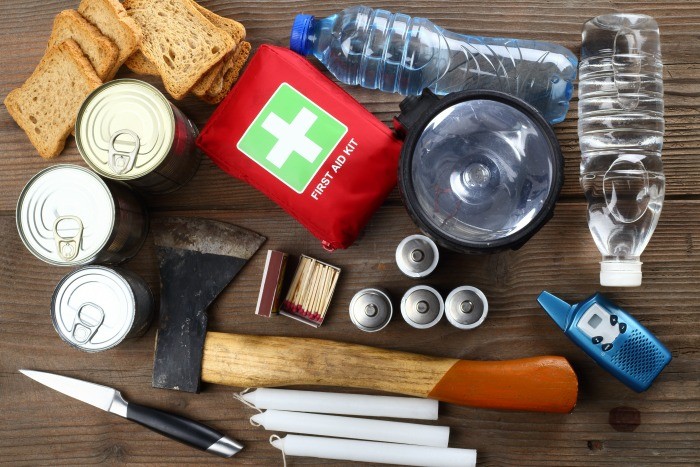
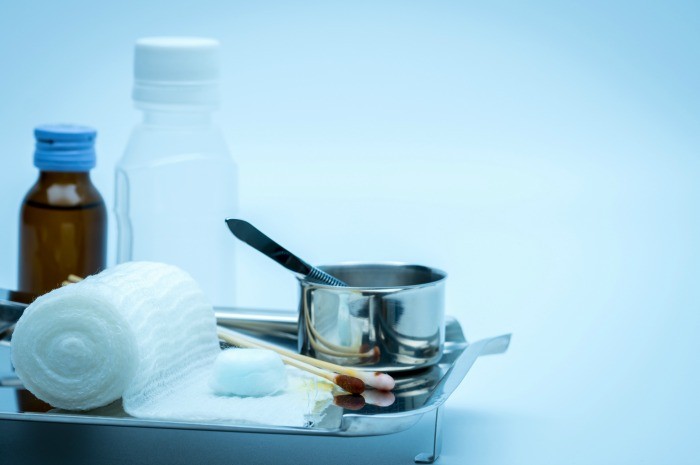
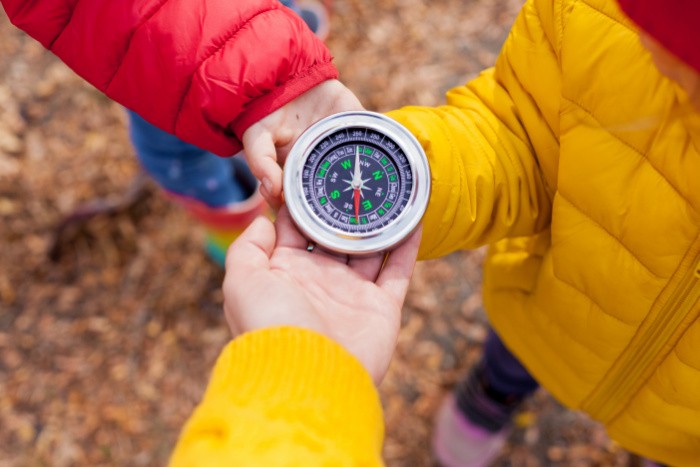
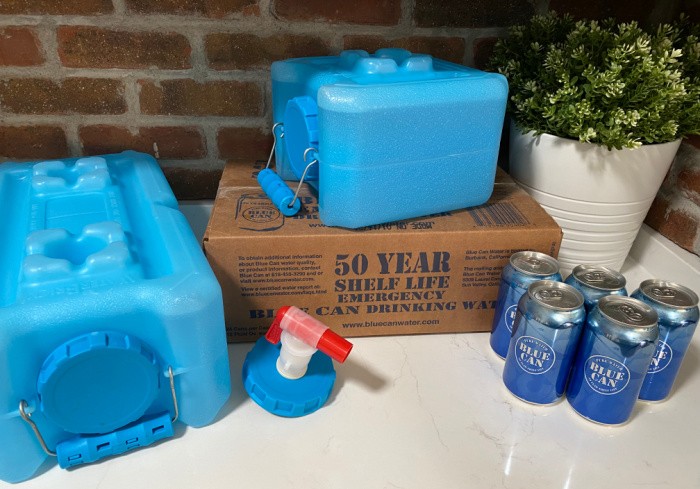
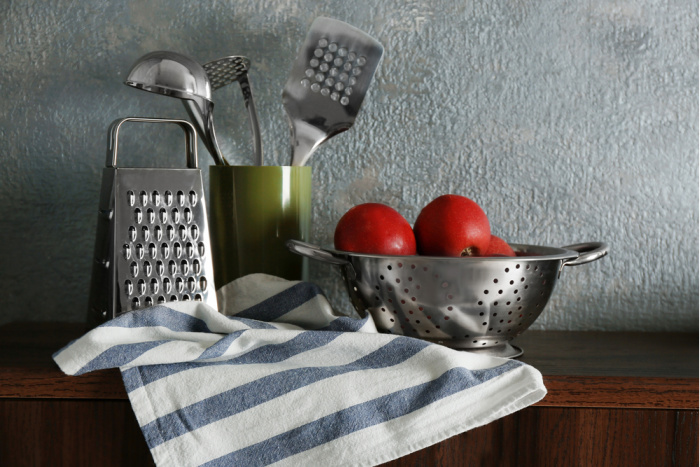
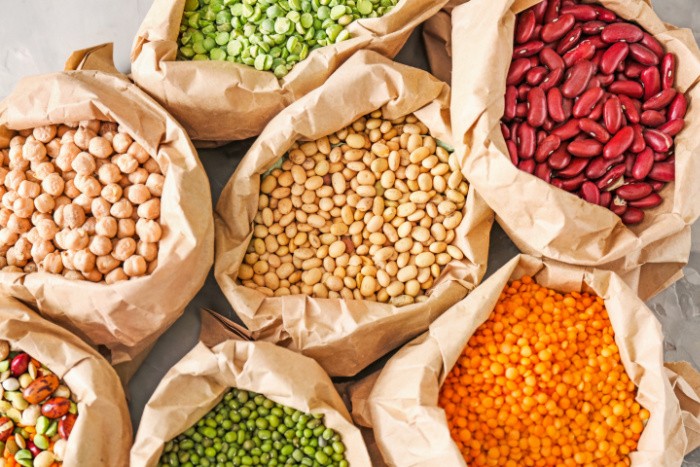
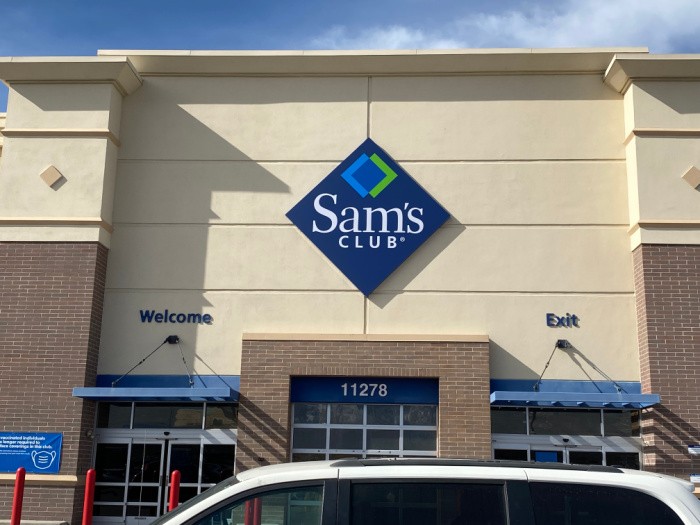
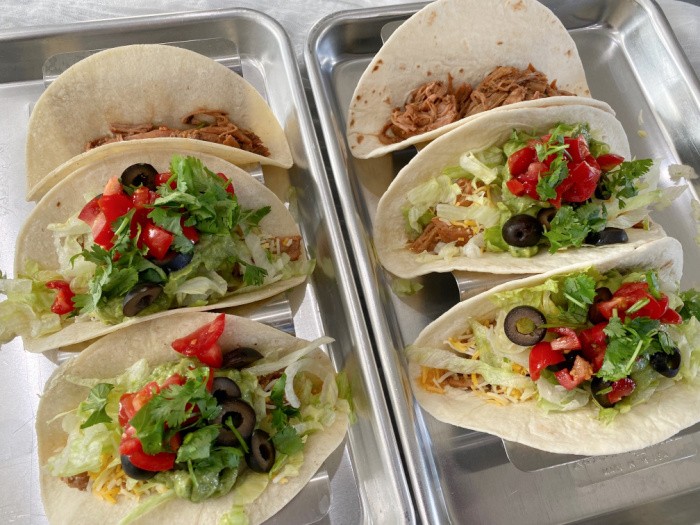

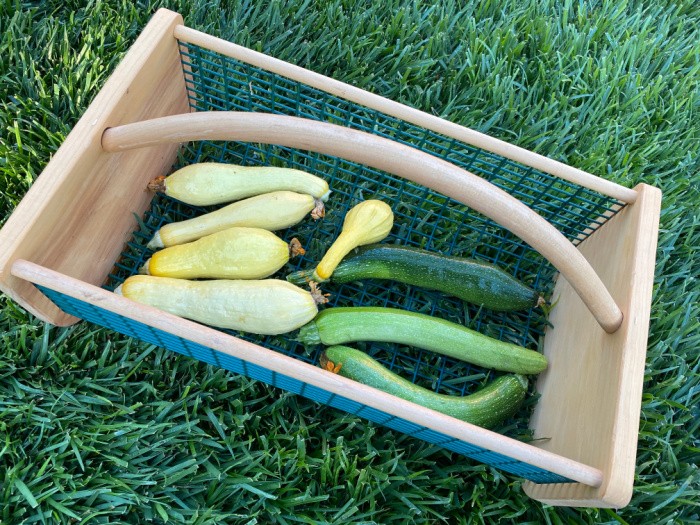

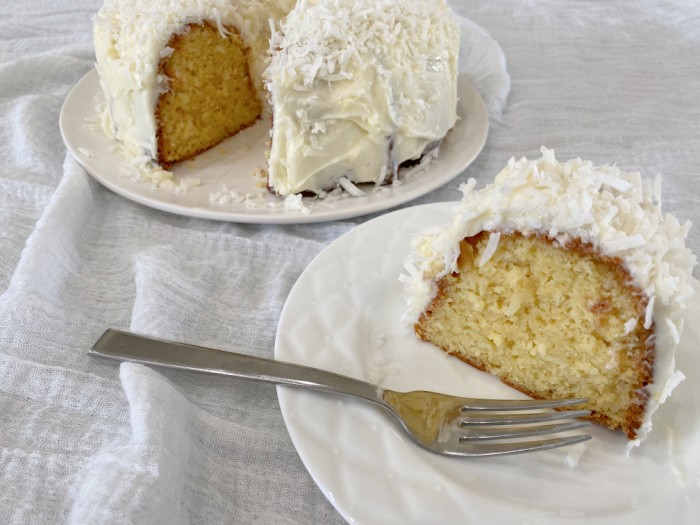
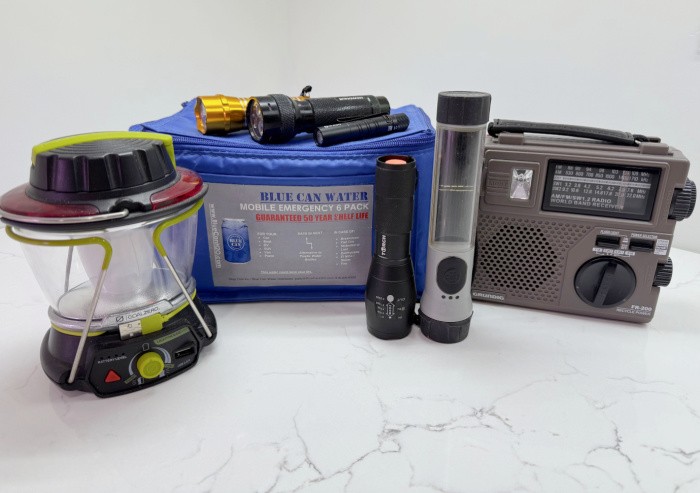
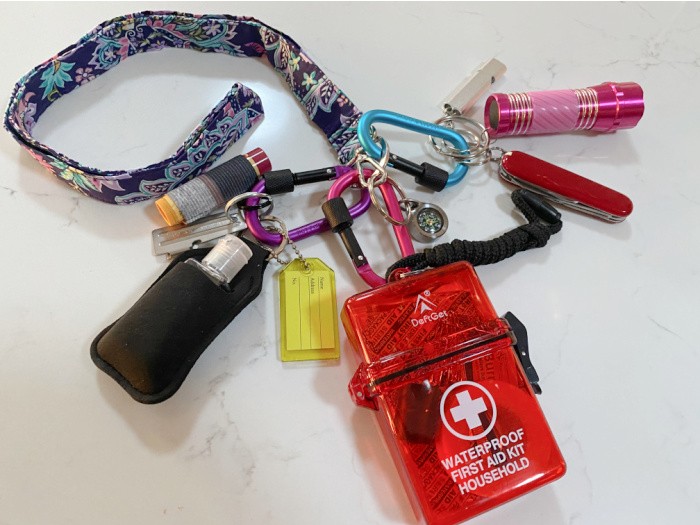




That’s a pretty good list
Hi Matt, it’s a short list, I did find Children’s Tylenol reduced in price. It got up to $24.00 a bottle when people really needed it for their kids. I just bought 5 boxes for just under $10.00 a piece. It was $7.00 the day before and when I went back it had done up in price. Linda
Regarding your prescription medications: When you get a refill, save the old bottle to store some of the medication. The bottle already has the information on the label.
Hi Beckie, that’s a great idea, I keep mine in the containers so I can see when or if I can refill them. Linda
Great list. I would add Diaper pins to the list too as they can hold thicker layers of material like cloth diapers or towels or Ace bandages(the clips they come with always get lost or bend out of shape) rather than using a bunch of the safety pins to bind up wounds or as my mom did,used folded hand towels as a substitute for diapers when we got stuck after a huge snowstorm and ran out of the cloth diapers. The diaper service she got as a gift couldn’t deliver clean diapers and no we didn’t have disposables at the time, I know makes me sound old LOL. No electricity, no dryer or washer. We were washing the diapers out by hand and hanging them up to dry but since we didn’t have heat, they took forever to dry so mom started using the hand towels to diaper my baby brother with. When the shut down occurred and the stores were rationing the disposables I came across a young lady and her mom trying to get enough diapers for her baby twins in the baby aisle. Dad and grandpa were home watching the kids by the way .So I showed them both what my mom did and they were very happy as the young woman had gotten some diaper pins with one of her baby shower gifts.She said she didn’t know what to do with the pins and glad mom told her to hang on to them.
Hi Kathy, this is a great story, thank you. I ONLY used cloth diapers when I was raising my girls. They hadn’t come out with disposable diapers, yet! LOL! I have stocked disposable diapers but way more cloth diapers with many many diaper pins. They sure don’t make the diaper pins like they did many years ago. Linda
That’s for sure but the newer ones aren’t too bad either.. I always look for older diaper pins when we go estate/garage sale hopping. Mostly estate sales is where I have found older diaper pins.
For those with irritable bowel syndrome, IBS, I have found IBGARD once a day works wonderfully. Chewable baby aspirin work as a blood thinner and with minor tooth pain until you can get to the dentist. I keep an extra script of antibiotics just in case.
Hi Chris, thank you for the tip on the IBS product and the reminder on the baby aspirin. Tooth pain is the worst! I hope everyone can get extra scripts with refills on antibiotics. Linda
I attended a class called Stop the Bleed. It teaches how to stop major bleeding, including from gun shot wounds, the proper use of tourniquets, etc. It is a very good class, even for hunters. With the way our world is going, you just never know if you might need this knowledge. Also there are online courses that teach about community disaster plans, like for hurricanes, etc. Good stuff!
Hi Carol, oh I would love to take that class! I agree the way this world is going we will need to know more skills that we would have ever guessed. I had just ordered more “Bleed Stop” and “DenTeK”, better to have than not have a way to stop the bleed. Great comment, Linda
This post could not have been more timely. I dropped a dish that shattered on our stone tile floor this morning. I ended up with cuts on both my feet. It was difficult to stop the bleeding. I did learn go for the brand name bandages. The generics were a total waste. Please everyone stay safe and healthy.
HI Chris, I totally agree with you we need good bandages, the cheap ones don’t keep as well. I need to add an oximeter to the list. It shows your oxygen levels. I’m glad you got the bleeding to stop! Linda